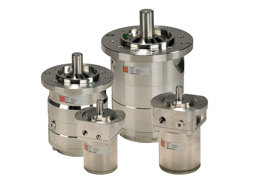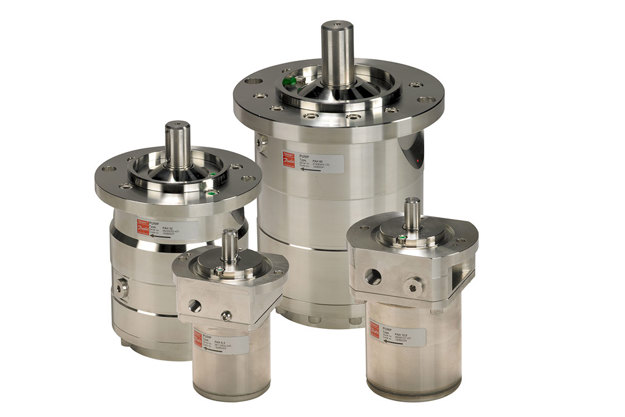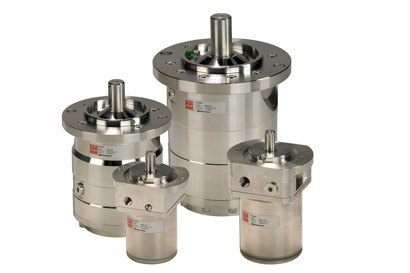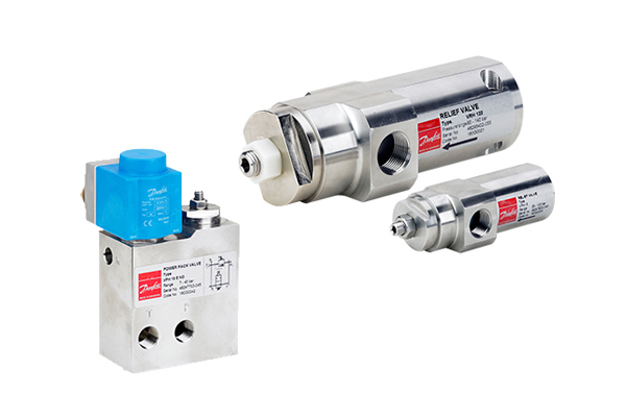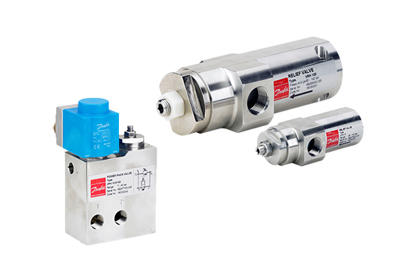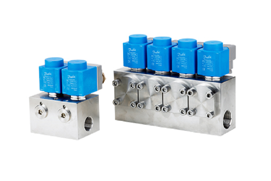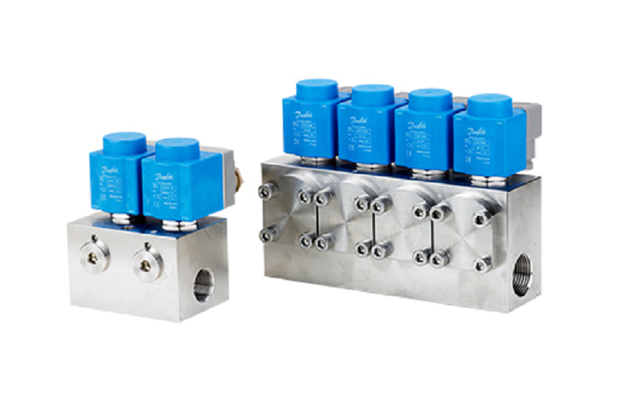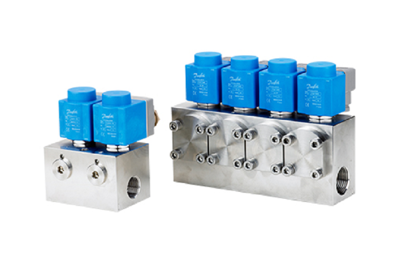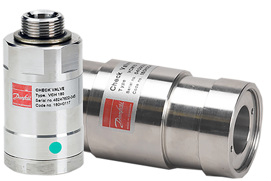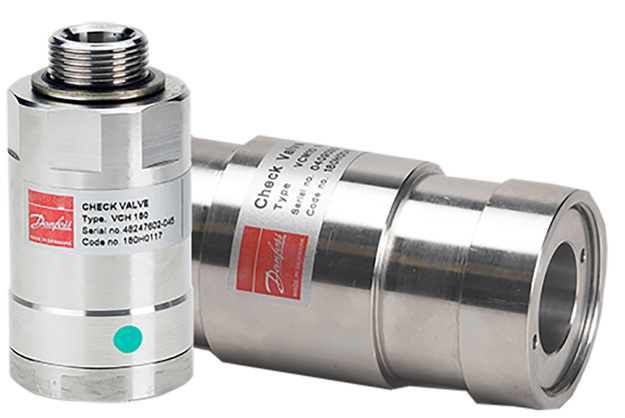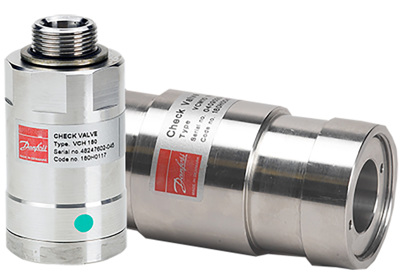Sawmill MD engineers profitable humidity treatment with flexible Danfoss PAH pumps
Ponderosa pine, a species native to the mountainous regions of western North America, is a versatile softwood valued for its many applications. Common grades are widely used in construction, while the more expensive select grades are cherished by architects, designers, and furniture makers for their distinctive look and easy workability. Precise humidity control is critical to the process of transforming ponderosa pine from massive logs to sawn planks and boards, and the quality of this process is directly related to how much of the finished wood can be sold as premium grades.
Sawmill MD recently designed and installed innovative drying, equalizing, and conditioning equipment for an Arizona sawmill that treats exceptionally large quantities of ponderosa pine with high-pressure humidity deployed with unprecedented precision. A flexible Danfoss PAH pump and frequency drive are critical components of the advanced engineering that goes directly to the lumber producer’s bottom line.
Related products
-
if (isSmallPicture) {


 High-pressure pumps for tap water applications
High-pressure pumps for tap water applicationsHigh-pressure pumps for tap water applications such as firefighting, dust suppression and water hydraulics. Available with or without motor.
-
if (isSmallPicture) {


 Pressure relief valves VPH/VRH
Pressure relief valves VPH/VRHReliable pressure relief valves for high-pressure applications. The relief valve is used for protecting the components of a system against overload as a result of a pressure peak.
-
if (isSmallPicture) {


 Solenoid valves for high-pressure applications
Solenoid valves for high-pressure applicationsThe VDH/VDHT solenoid valves are used to control the flow direction in high-pressure water applications. The valves are available for a wide range of flows and pressures.
-
if (isSmallPicture) {


 VCM and VCH check valves for high-pressure applications
VCM and VCH check valves for high-pressure applicationsVCM and VCH are check valves suitable for industrial water and seawater reverse osmosis applications. Both valves are made in corrosion resistant material which can handle high-pressure and corrosive media.

